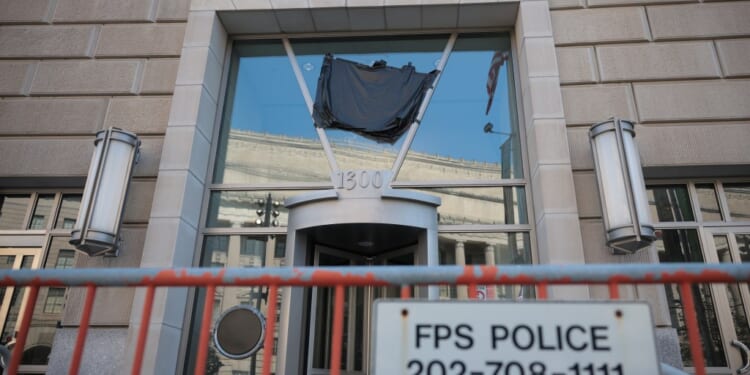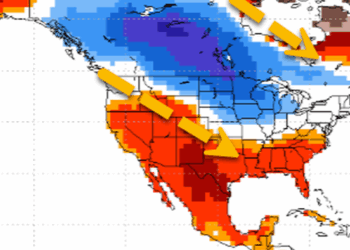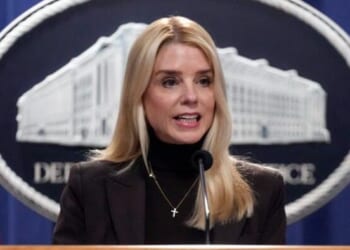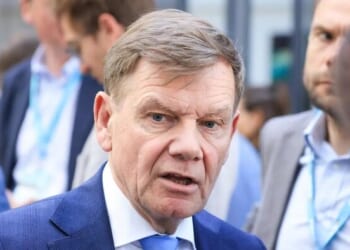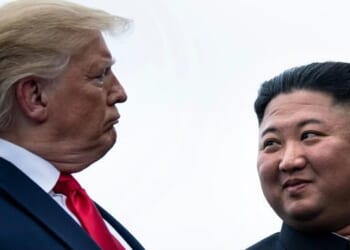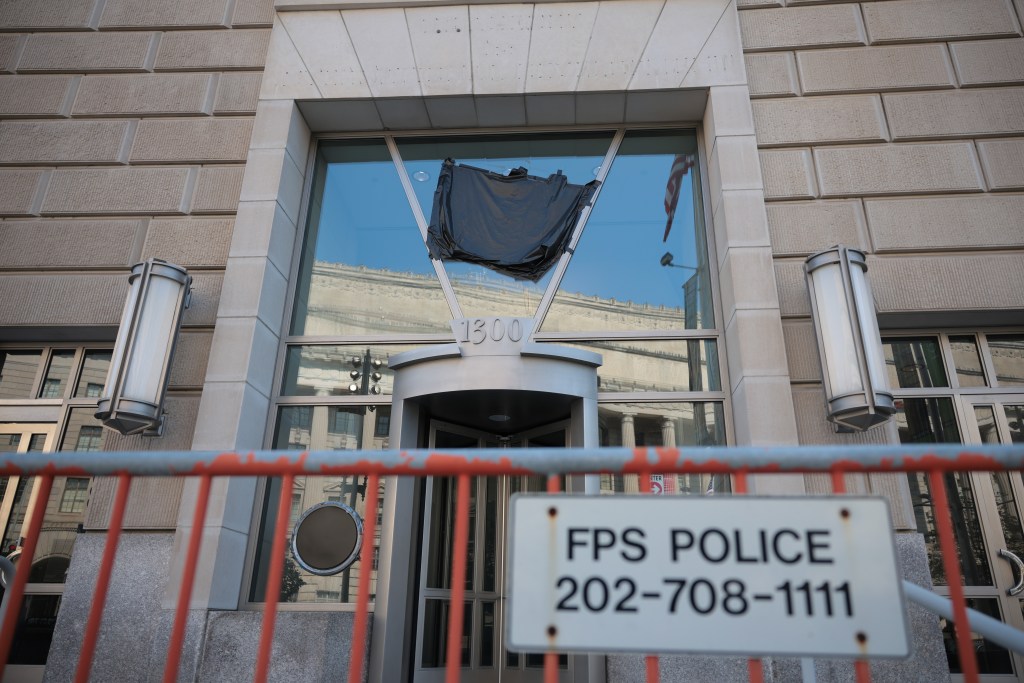
While some funding earmarked for aid projects has resumed, bureaucratic reorganizations and the cancellation of swaths of programs, most notably the shuttering of USAID, have narrowed the scope of the country’s foreign assistance programs from long-term projects to narrow and shifting crises.
The new administration cut 83 percent of USAID’s projects and transferred the rest to the State Department’s Bureau of Population, Refugees, and Migration. “This era of government-sanctioned inefficiency has officially come to an end,” Secretary of State Marco Rubio announced in a July Substack post. In September, the House Foreign Affairs Committee approved his plan to move the remaining functions of USAID, traditionally a mostly independent agency, under the State Department’s auspices.
Researchers have attempted to map the effects of the abrupt end of so many aid projects, ranging from AIDS-prevention programs to women’s health clinics to projects designed to build agricultural resilience against drought and disease. A June study in The Lancet estimated that by 2030, the ongoing cancellation of USAID programs could result in around 14 million preventable deaths. Impactcounter.com, a model assembled by Boston University mathematician Brooke Nichols, estimates that, so far, the discontinuation of various aid programs has led to roughly 625,000 additional deaths from diseases such as malaria and cholera, as well as malnutrition.
But modelling the effect of aid that makes real but small changes—like hygiene kits in Cameroon—is a complex task. “It’s not a body-bag situation,” Nichols noted, pointing out that the difference between 10 people dying of malaria a year in a given area, versus five, is challenging to measure. But Nichols also argued that her model made many conservative assumptions, such as presuming that many programs would continue to distribute funding at the same rate.
And experts and practitioners who spoke to TMD attested to an undeniable on-the-ground reality. “The direction of child mortality is really problematic,” Vincent Smith, the director of agricultural policy studies at the American Enterprise Institute and an expert on global food security, told TMD.
With food aid, for example, Smith noted that while some experts were moved from USAID to the State Department, aid distribution was still “enormously fractured” compared to before, adding that his own projections showed that the government had failed to spend around $1.2 billion of the $2 billion allocated to decades-old flagship program Food for Peace in 2025.
Bill O’Keefe, the executive vice president for mission, mobilization, and advocacy at Catholic Relief Services (CRS), told TMD that his organization had 80 projects with a total value of around $500 million and thousands of staff abruptly terminated with little warning or rationale. “There really wasn’t visibility into the process or access to the people who were ultimately responsible,” O’Keefe said.
Later, O’Keefe learned that the administration only sought to fund projects it deemed “lifesaving.” In practice, this meant abandoning programs like Shared Future, a CRS-run program that offered job training and small business grants for Christians and other religious minorities in northern Iraq displaced by the Islamic State. “The challenge is, you can give a person a fish today,” he said, “but you don’t teach them to fish. You’re gonna just be stuck handing them more fish.”
The shift in focus to short-term aid also eliminates one of USAID’s core competencies, said J. Brian Atwood, who was the administrator of USAID for more than six years under former President Bill Clinton. “I call USAID the ‘crisis averted’ agency,” he told TMD, pointing out that many of its projects are aimed at preventing disasters before they happen, such as a would-be famine threatening more than 16 million people in the Horn of Africa in 2000 during a severe drought. Early warning systems enabled USAID to rush food into the area before famine set in.
Other places not currently experiencing an acute crisis have lost almost all USAID funding. Haydee Diaz, the country officer for Catholic Relief Services in Honduras and the Caribbean, told TMD that money for large-scale projects “disappeared overnight.” For Prosperamos, a program aimed at educating farmers in techniques to grow more crops that would last through the lean season, preventing the need to take out loans or consume livestock, “we were asked to stop all activity immediately,” she said.
Long-term resiliency programs, like those authorized under the Global Food Security Act of 2016, were a hallmark of USAID’s development mission, said Dina Esposito, the former director of the Food for Peace program and USAID’s Bureau for Resilience, Environment, and Food Security. In one of her roles, Esposito led a team of around 500 agronomists, food scientists, soil scientists, veterinarians, and geneticists. But none of them survived the Trump administration’s purge. “Not a single one of them was picked up by the State Department,” she said. “Virtually nothing has been sustained.”
Esposito also said that administration officials are discussing moving the Food for Peace program, which buys U.S. agricultural goods in bulk and packages them as aid, from the State Department to the U.S. Department of Agriculture. Such a move would risk that “it will essentially become a commodity-driven program to serve first and foremost the commodity interest groups, and secondarily, the hungry person,” she said.
Esposito noted that during her time at USAID, food producers had attempted to get the U.S. government to purchase products that were inappropriate for aid missions, such as canned salmon for regions with 100-degree heat or walnuts that would perish during ocean voyages. Both Smith and Esposito argued that moving Food for Peace to the USDA, as some Midwestern senators have advocated, risks creating a program that prioritizes bulk purchases from American farmers.
The State Department has made much of the fact that it still provides emergency aid in certain situations. A Disaster Assistance Response Team and tens of millions of dollars in funding were deployed to the Caribbean in the wake of Hurricane Melissa this past week. And $295 million in aid is allocated to combating the ongoing humanitarian crisis in Sudan—though, according to the U.N.’s aid donor tracker, most of those funds were transferred before USAID’s closure.
And that figure is still less than half of what was allocated to Sudan in 2024, despite the conflict’s mounting civilian toll. It’s also challenging to determine how that money is being spent, as the Trump administration has dismantled relevant government watchdog agencies.
As for the programs still receiving funding, O’Keefe told TMD that grants were being renewed on three- or six-month bases, making it difficult to plan for responses to crises that can last years. “You’re in sort of perpetual anxiety,” he said. O’Keefe also noted that for countries with poor diplomatic relationships with the U.S.—most notably Taliban-run Afghanistan, whose people are currently suffering from unprecedented levels of malnutrition—approval of new projects has dried up.
American foreign aid has not ceased to exist—but its character has changed, from one focused on long-term, development-oriented goals to a narrower focus on rapid emergency response and political imperatives.
Humanitarian workers worry that such an approach will only make future crises worse: “The mainstream media presents a constant stream of international disasters,” O’Keefe said, “and not enough of, ‘Well, let’s stand back. Why did this happen?’” The U.S. government may have stopped asking too.

